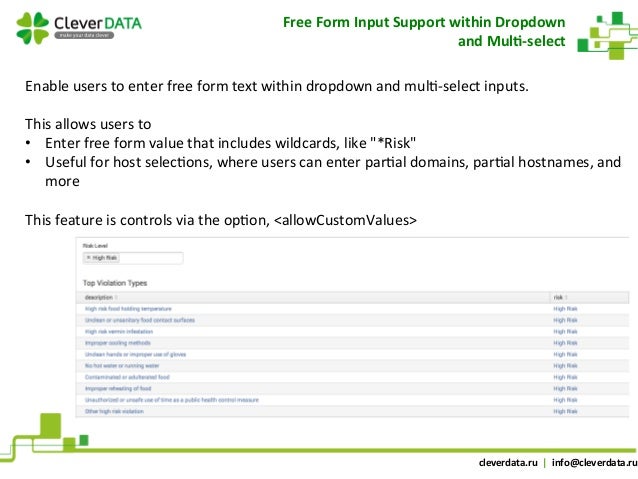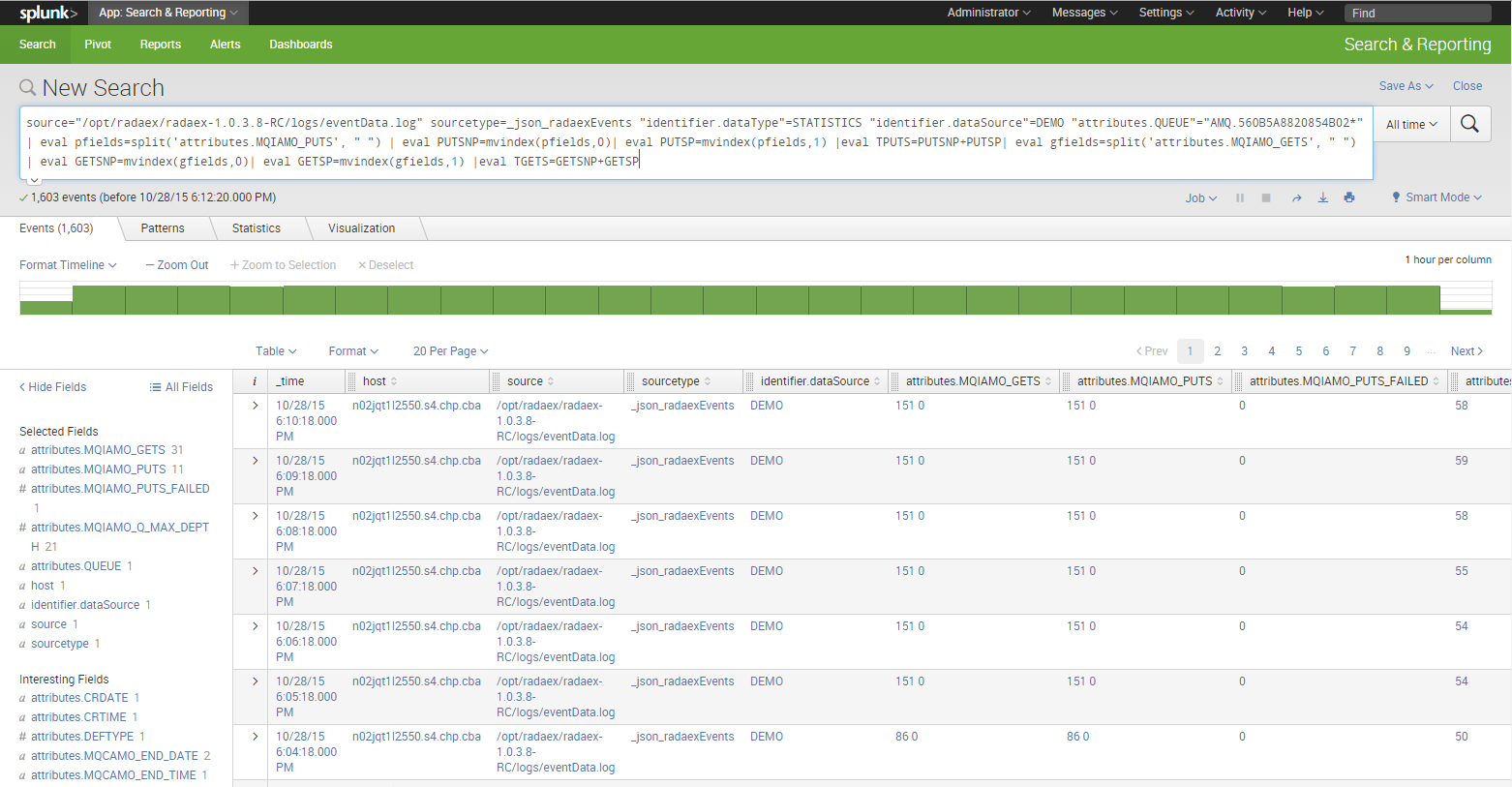
Coalesce takes an arbitrary number of arguments and returns the first value that is not null. If you search for a Location that does not exist using the expression, all of the events that have a Location. You can cancel this override with the coalesce function for eval in conjunction with the eval expression. If info field is neither granted nor canceled then Nothing should be assigned to the Newfield. If info field is equal to canceled, then ‘CANCEL‘ should be assigned to the NewField. If a calculated field has the same name as a field that has been extracted by normal means, the calculated field will override the extracted field, even if the eval statement evaluates to null. If info field is equal to granted, then ‘GRAN‘ should be assigned to the NewField 2.

This means you cannot "chain" calculated field expressions, where the evaluation of one calculated field is used in the expression for another calculated field.Ĭalculated fields can reference all types of field extractions and field aliasing, but they cannot reference lookups, event types, or tags.įor more information about search-time operations, see search-time operations sequence.
SPLUNK EVAL IF STATEMENT SOFTWARE
Splunk software performs these operations in a specific sequence.Ĭalculated fields come sixth in the search-time operations sequence, after field aliasing but before lookups.Īll EVAL- configurations within a single nf stanza are processed in parallel, rather than in any particular sequence. When you run a search, Splunk software runs several operations to derive knowledge objects and apply them to events returned by the search. For information on creating calculated fields with nf, see Configure calculated fields with nf.Ĭalculated fields and the search-time operations sequence For information on creating calculated fields in Splunk Web, see Create calculated fields with Splunk Web. You can create calculated fields in Splunk Web and in nf. The fields are extracted at search time and added to events that include the fields in the eval expressions.
SPLUNK EVAL IF STATEMENT HOW TO
I cant seem to figure out how to extract the proper json using jsonextract or spath, so I assume Im going in the wrong direction.

The data in each array entry is based on the 'type' field. When writing a search, you can cut out the eval expression and reference the field like any other extracted field. 2 weeks ago I am trying to create a table whereby two of the values are within a JSON array. If you need to use a long and complex eval expression on a regular basis, retyping the expression accurately can be tedious.Ĭalculated fields enable you to define fields with eval expressions. For more information, see eval.Įval expressions can be complex.
Otherwise the eval command creates a new field usingThe eval command enables you to write an expression that uses extracted fields and creates a new field that takes the value that is the result of that expression's evaluation. By Tatsu Murata JT he Splunk App for Data Science and Deep Learning (DSDL) now has two new assistant features for Natural Language Processing. Use calculated fields as a shortcut for performing repetitive, long, or complex transformations using the eval command. Create the following stanza in fields are fields added to events at search time that perform calculations with the values of two or more fields already present in those events.

Using calculated fields, you could define the eval expression for the Description field in nf. Source=eqs7day-M1.csv | eval Description=case(Depth70 AND Depth300 AND Depth<=700, "Deep") | table Datetime, Region, Depth, Description This example examines earthquake data and classifies quakes by their depth by creating a Description field:



 0 kommentar(er)
0 kommentar(er)
